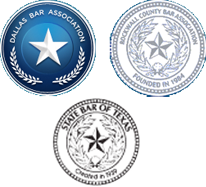
There’s no way around it—starting your own business takes courage and can be fraught with financial peril. If you’ve encountered financial difficulties that are making it difficult to keep moving forward, but you’re still confident that the business can succeed, a bankruptcy filing can give you the relief you need to get things headed in the right direction. With a small business, you may have a choice between filing a Chapter 11 or filing a Chapter 13. What’s the difference between the two and what’s best for you?
Understanding the Differences between a Chapter 11 and a Chapter 13 Bankruptcy for Your Small Business
Chapter 13 is technically a personal debtor’s reorganization and, as such, is only available to small businesses that are set up as sole proprietorships. With a Chapter 13, there are also limits on the amount of debt that can be renegotiated. Under the law, you can’t restructure more than $394,725 in unsecured obligations and more than $1,184,200 in secured debt. On the contrary, in a Chapter 11 filing, there’s no limit on how much debt can be reorganized.
When you seek protection under Chapter 13, the bankruptcy court will always appoint a trustee. In a Chapter 11 filing, the appointment of a trustee is customarily the exception, rather than the rule. A trustee is normally not necessary in a Chapter 11 unless there is some indication of fraud or mismanagement of assets.
In addition, a Chapter 11 filing may give you more time—although it’s common for the repayment period to be three to five years, the court has the authority to grant more time.
Contact Heath, TX Bankruptcy Attorney Carrie Weir
I provide a free initial consultation to anyone with questions or concerns regarding a bankruptcy filing. Contact my office by e-mail or call me at 972-772-3083 for a private meeting. With offices in Rockwall, Texas, I represent clients in Heath, Greenville, Lavon, Wylie, Mesquite and Rowlett.








Speak Your Mind